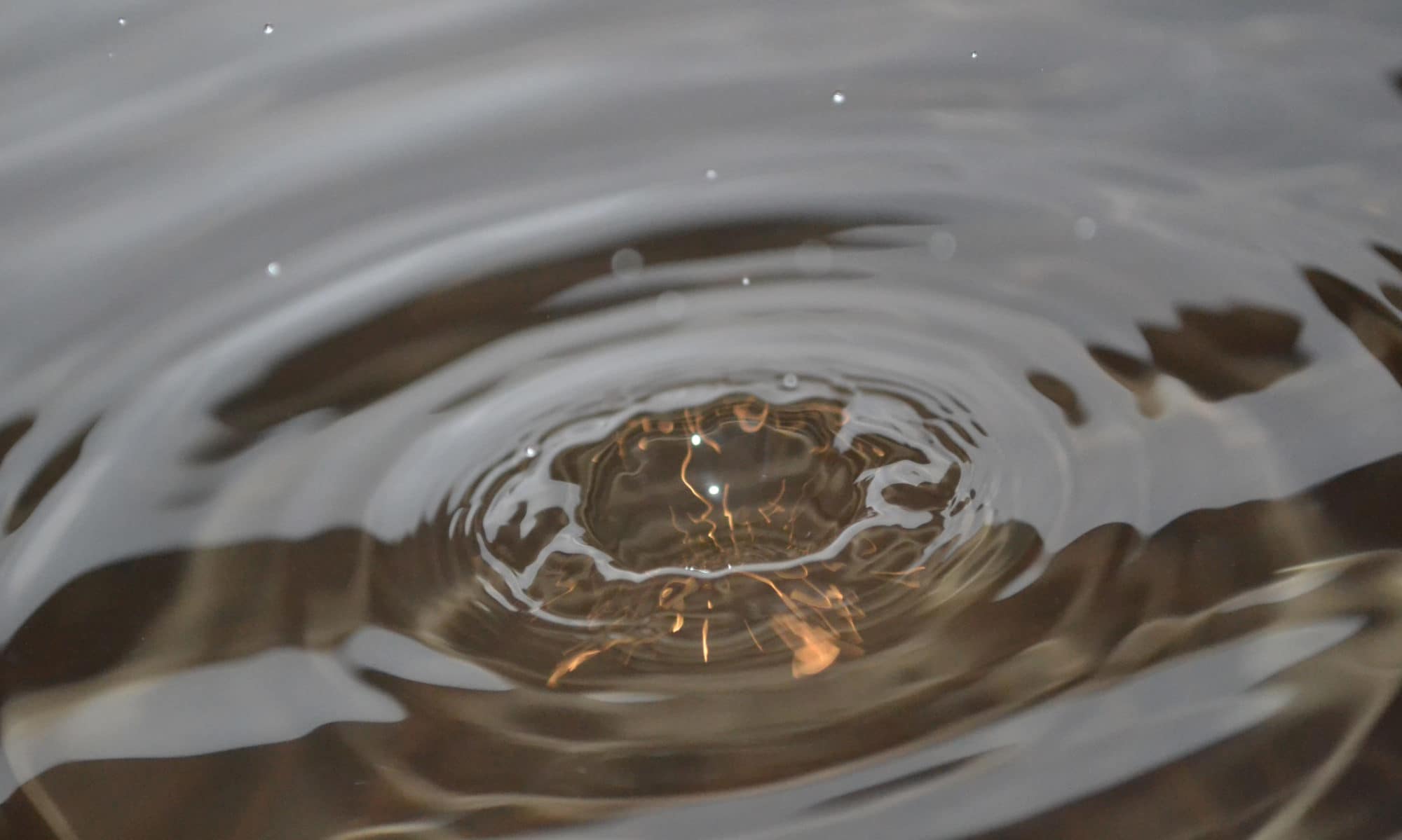How to find out if you have scds?
Diagnosing Superior Semicircular Canal Dehiscence is an extensive task. Diagnostic testing requires equipment that is not readily available everywhere. Having a hearing test, and answering a few questions such as ‘Can you hear your eyes move?’ or ‘Do you get dizzy when you have a bowel movement?’ negatively is far from being enough to rule out SCDS, even if a positive answer from the patient should lead the doctor to give serious consideration to SCDS.
Diagnosis requires:
- Compatible history
- Objective verification on diagnostic testing
- CT scan confirmation
- Evaluation for other concomitant problems
Ideally things should be done in this chronological order, but insufficient knowledge amongst health professionals and lack of equipment has resulted in the scan often being undertaken before sufficient testing is done. This is unfortunate because people who don’t have SCDS could be saved from unnecessary and potentially harmful radiation from the mainstream CT scanners.
The triad of vertigo, tinnitus and deafness is a familiar presentation in a primary care clinic, but the accurate diagnosis related to these symptoms can be hard to reach. ‘Difficulty with everything in General Practice is spotting the unusual from the commonplace, and continuity of care is really important’, says the National Guardian for the NHS in the UK. ‘If a patient comes back to see several different people, they might all try something to fix the immediate problem rather than seeing the whole picture.’
“so stoned”
Dizziness can be the presentation for a wide range of diagnoses, and taking the history of a dizzy patient is essential in order to differentiate the possible etiologies of vertigo. The mnemonic “SO STONED” has been proposed, summarising the key factors that allow a first approximation of diagnosis identification: Symptoms, Often (Frequency), Since, Trigger, Otology, Neurology, Evolution and Duration. The most common vestibular diseases have different fingerprints when all these factors are examined. When considering Ménière’s syndrome, for example, there is a long list of possible causes, including hypothyroidism, tumours (most notably acoustic neuromas), infections, metabolic or immune disorders, perilymphatic fistula, genetic mutations, superior semicircular canal dehiscence syndrome (SCDS), and many more.
The diagnosis should come from a Neuro-otologist or an ENT specialist with a specific focus on vestibular disorders. If the period of assessment takes less than a day, it is possible that there isn’t enough data to give an accurate SCDS diagnosis.
See the list of equipment in a high end test lab for vestibular testing.
To avoid misdiagnosis make sure the CT imaging is correct. Thicker sliced CT scans are inadequate. To minimise unnecessary radiation, it is important to check that the resolution is high enough at the outset. One millimetre slices are too thick, 0.24 millimetre is the golden standard. Cone Beam 3D scanner used for reliable diagnostics, and digital planning for dentistry and jaw surgery also offers excellent results and a much less radiation exposure,
Thinning of bone (without a dehiscence) may also result in the symptoms of SCDS.
related conditions
Alongside SCDS, diagnostic considerations need to include other dehiscences around the labyrinth, and perilymph fistulae (PLF) : In between the air-filled middle ear and the fluid-filled space of the inner ear, very small, thin membranes act as little dividers. They are called the oval and round windows. A PLF is a tear in one, or both, of these windows. This allows fluid to leak from the inner ear to the middle ear (which should be dry if everything is normal). Patients with SCDS are susceptible to PLFs. They can occur in normal hearing subjects, or varying types of hearing loss may be found.
The term “Third Mobile Window Syndrome” has recently been coined to cover the above and subsequent health problems.
See also a list of recorded misdiagnosis and conditions related to SCSD that can be seen concomitantly with SCDS.
